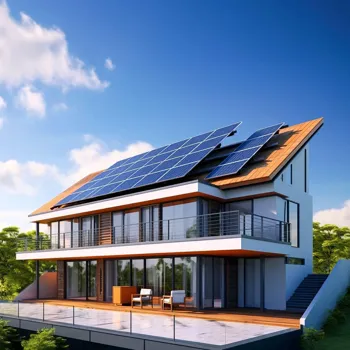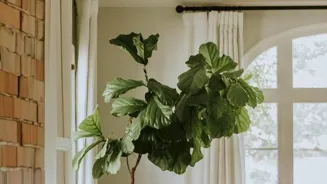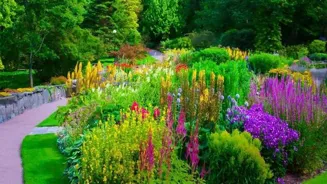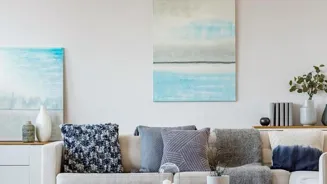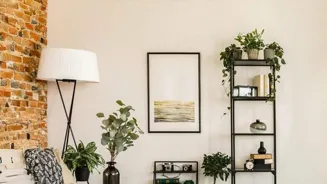Discover 10 Ways to Make Your Home Eco-Friendly and Stylish! Learn simple tips to transform your space sustainably
In today's world, where climate change is a real concern, making our homes eco-friendly
isn't just a trend; it's a responsibility. But going green doesn't mean sacrificing style! You can create a beautiful and sustainable living space with a few smart choices.

This article will guide you through ten simple yet effective ways to transform your house into an eco-friendly haven while keeping it stylish and comfortable.
Embrace Energy-Efficient Lighting
Swap out those old incandescent bulbs with energy-efficient LEDs. LEDs use significantly less energy and last much longer, saving you money on your electricity bills. They also come in various colors and styles, so you can easily find options that match your home decor.
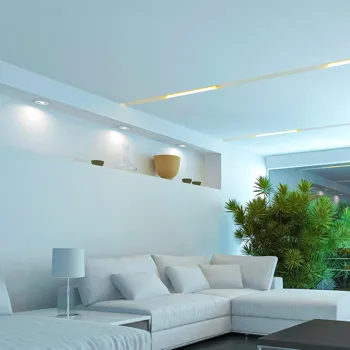
Think about using decorative LED string lights to add a warm, inviting glow to your living room or balcony. Natural light is your friend! Design your spaces to maximize the amount of natural light entering your home.
South-facing windows can bring in ample sunlight, reducing the need for artificial lighting during the day. Use light-colored paint and mirrors strategically to further amplify the natural light.
Go for Sustainable Furniture
When buying new furniture, look for pieces made from sustainable materials like bamboo, reclaimed wood, or recycled materials. These options are not only eco-friendly but also add a unique and stylish touch to your home. Consider vintage or antique furniture as well.
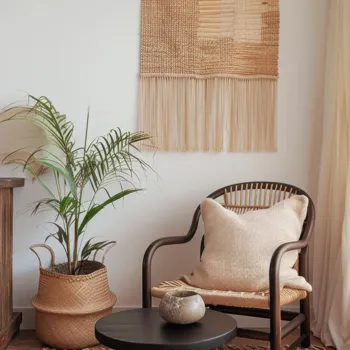
Giving old pieces a new life is a great way to reduce waste and add character to your space. Look for furniture with certifications like the Forest Stewardship Council (FSC) to ensure that the wood used comes from responsibly managed forests. Upcycle old furniture to give it a fresh look.
A coat of paint, new fabric, or updated hardware can transform outdated pieces into stylish statement pieces.
Eco-Friendly Decor Choices
Choose natural and organic materials for your home decor. Think cotton, linen, jute, and wool for rugs, curtains, and upholstery. These materials are not only eco-friendly but also add texture and warmth to your living spaces.
Avoid synthetic materials like polyester and acrylic, which are made from petroleum and can release harmful chemicals into the air. Incorporate indoor plants into your home decor.
Plants not only add a touch of green but also purify the air, creating a healthier and more inviting living environment. Choose low-maintenance plants like snake plants, spider plants, and pothos, which are easy to care for and thrive indoors. Decorate your home with recycled and upcycled items.
Turn old jars into vases, use old clothes to make quilts, or create art pieces from recycled materials. This adds a personal touch to your home and reduces waste.
Water Conservation Techniques
Install water-saving fixtures in your bathrooms and kitchen. Low-flow showerheads and faucets can significantly reduce water consumption without sacrificing water pressure.
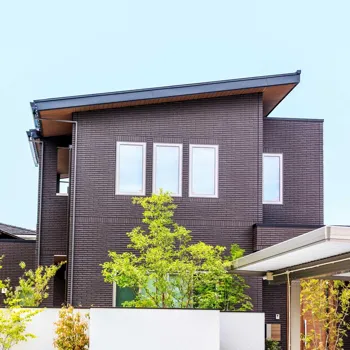
Consider installing a dual-flush toilet, which allows you to choose between a full flush and a half flush, saving even more water. Fix any leaks in your plumbing system promptly. Even a small drip can waste a significant amount of water over time.
Regularly check your faucets, showerheads, and toilets for leaks and repair them as soon as possible. Harvest rainwater to water your plants or wash your car. Rainwater is a great alternative to tap water and can help you conserve water during dry spells.
You can collect rainwater in barrels or tanks and use it for various purposes around your home.
Green Your Kitchen
Switch to reusable alternatives to reduce waste in the kitchen. Use reusable shopping bags, food storage containers, and water bottles. Avoid single-use plastics like plastic wrap and cling film. Consider using beeswax wraps or reusable silicone lids to cover food.
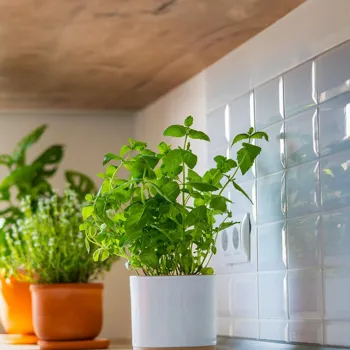
Compost food scraps to reduce waste and create nutrient-rich soil for your garden. Composting is a simple and effective way to reduce the amount of waste that goes to landfills. You can compost food scraps, yard waste, and paper products. Choose eco-friendly cleaning products for your kitchen.
Many conventional cleaning products contain harsh chemicals that can be harmful to your health and the environment. Look for eco-friendly alternatives that are made with natural ingredients.
Insulation is Key
Proper insulation can significantly reduce your energy consumption by keeping your home cool in the summer and warm in the winter. Insulate your walls, ceilings, and floors to prevent heat loss and gain. Use weather stripping and caulking to seal any gaps or cracks around windows and doors.
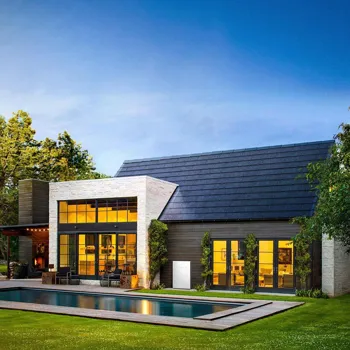
This will prevent drafts and reduce energy waste. Consider using energy-efficient windows and doors. Double-pane windows and doors can provide better insulation than single-pane options. They can also reduce noise pollution and increase the value of your home.
Smart Thermostats
Install a smart thermostat to regulate your home's temperature automatically. Smart thermostats can learn your preferences and adjust the temperature accordingly, saving you energy and money.
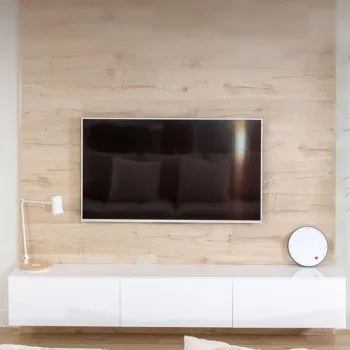
You can also control them remotely using your smartphone, allowing you to adjust the temperature even when you're not at home.
Eco-Friendly Flooring
When choosing flooring, opt for sustainable options like bamboo, cork, or reclaimed wood. These materials are environmentally friendly and add a unique touch to your home. Avoid synthetic materials like vinyl and laminate, which are made from petroleum and can release harmful chemicals into the air.
Low-VOC Paints
When painting your home, use low-VOC (volatile organic compound) paints. VOCs are harmful chemicals that can be released into the air and cause health problems. Low-VOC paints are a safer and more environmentally friendly option.
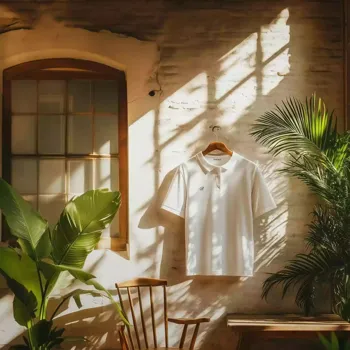
Embrace Minimalism
Declutter your home and embrace a minimalist lifestyle. Less stuff means less consumption and waste. Get rid of items you don't need or use, and focus on quality over quantity. A minimalist home is not only more eco-friendly but also more peaceful and inviting.
Tips for creating a stylish and sustainable home environment
By incorporating these ten tips into your home, you can create a stylish and sustainable living space that is good for you and the environment. Remember, even small changes can make a big difference! Every step counts towards a greener and healthier future.
